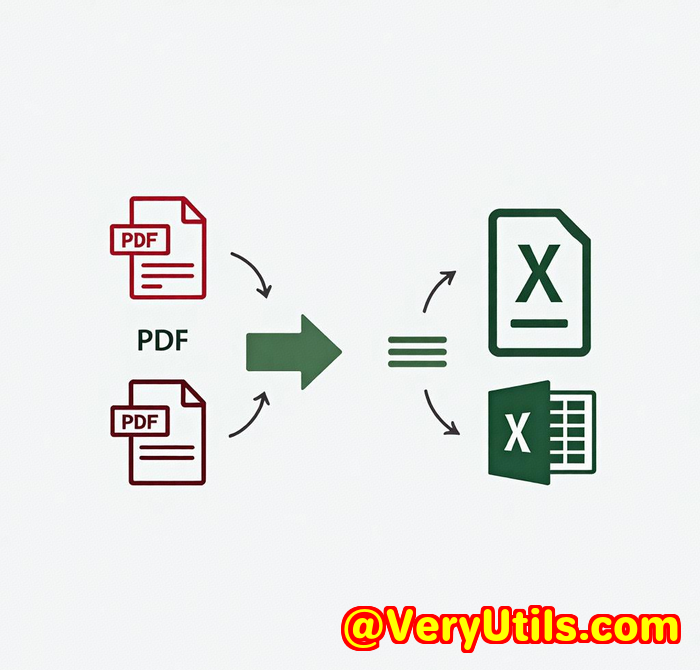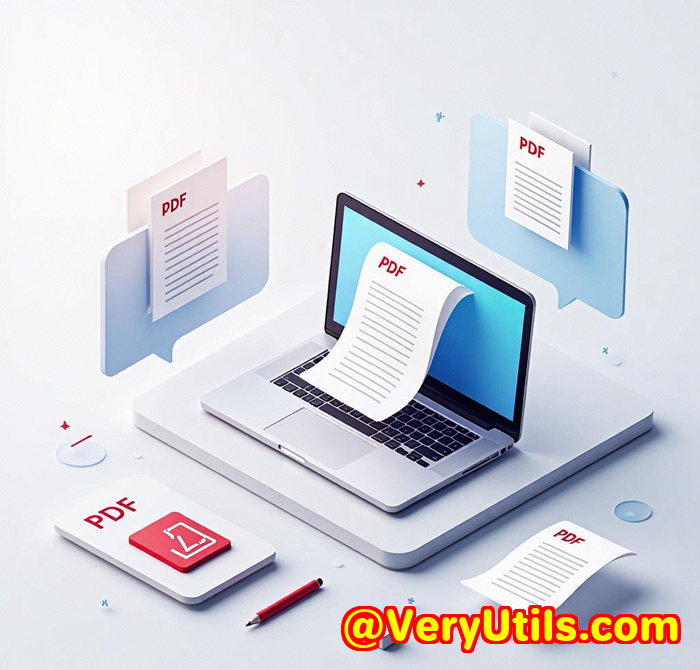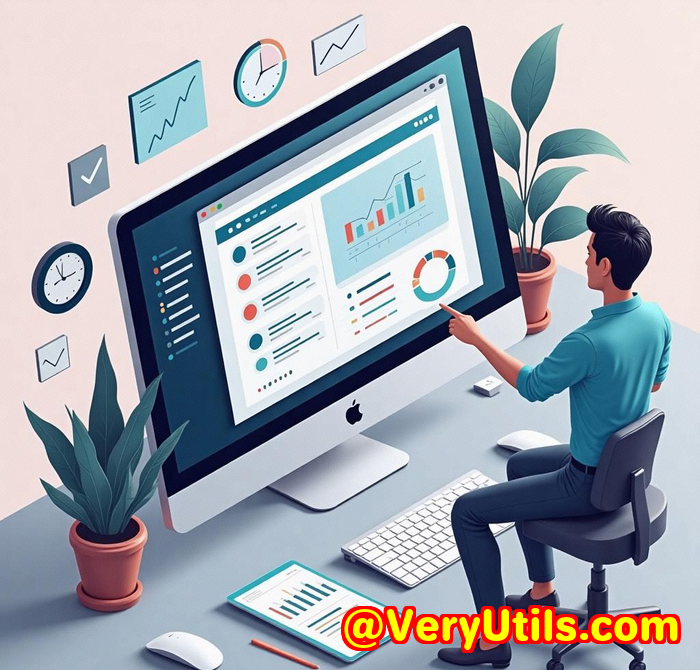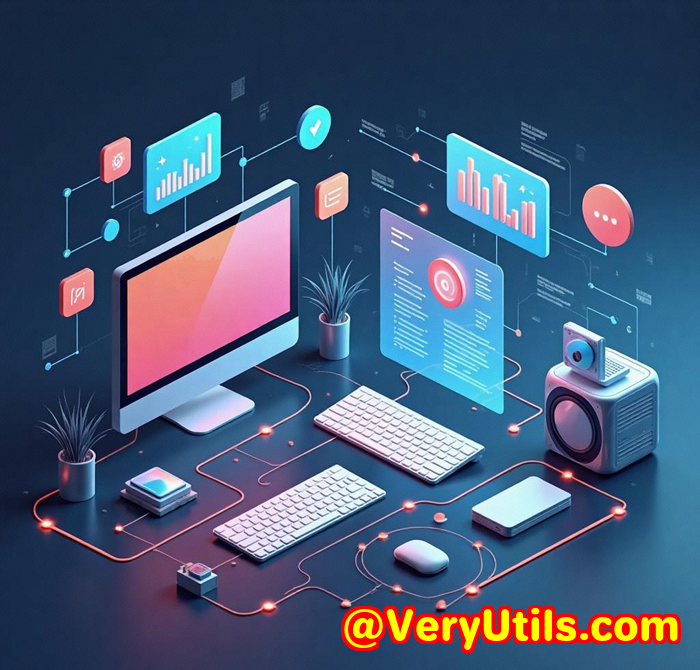Why VeryPDF is the Better Choice Over Prince XML for Developers Seeking Easy Integration
Why VeryPDF is the Better Choice Over Prince XML for Developers Seeking Easy Integration
I've been in the trenches as a developer long enough to know how frustrating it is to find a PDF conversion tool that actually fits your workflow without a mountain of headaches. When I first needed to convert webpages to PDFs automatically, I tried a bunch of toolsincluding Prince XML, which I'd heard was the go-to. But the process wasn't smooth, and I kept hitting roadblocks with integration, speed, and customization. Then I stumbled upon VeryPDF Webpage to PDF Converter API, and honestly, it changed the game for me.

If you're like mesomeone who needs a reliable, fast, and secure way to convert HTML to PDF with minimal fussthis might be exactly what you're looking for. Let me walk you through why VeryPDF stands out, especially compared to Prince XML, and why it might just be the best fit for developers seeking easy integration.
Why Easy Integration Matters to Developers
Before diving in, let's talk about what really matters when you're integrating a PDF converter API:
-
Simplicity: You want a tool that just works with your existing stack.
-
Speed: Fast conversions without lag or bottlenecks.
-
Flexibility: Customisable options so your output looks exactly right.
-
Security: Protect sensitive data during conversion.
-
Reliability: Minimal downtime, consistent results.
Prince XML has been around for ages and is powerful, no doubt. But it often feels like you're wrestling with setup, licensing, and sometimes outdated rendering engines that don't fully support modern web features. For developers looking for a straightforward API, that can be a dealbreaker.
Discovering VeryPDF Webpage to PDF Converter API
I came across VeryPDF Webpage to PDF Converter API when searching for an alternative that wouldn't eat up my time with complex configurations. This tool offers a Google Chromebased rendering engine, which means it supports all the latest CSS, JavaScript, and web standards.
Right away, I was impressed with how easily I could plug it into my existing systems. The API uses RESTful calls, so no matter what programming language you preferPython, PHP, JavaScript, C#, you name itVeryPDF just fits right in.
Core Features That Make VeryPDF a Winner
Let me break down the features that made me a fan:
-
Advanced Browser-Based Rendering: Since it's powered by Google Chrome, the conversion handles everything from custom web fonts and flexbox to complex layouts flawlessly. This means no more ugly PDF outputs that butcher your design.
-
Fast Conversion Times: I timed it. The API generates PDFs in under 2 seconds, which is a big deal when you're processing hundreds or thousands of documents.
-
Customisation Options: Headers, footers, custom page sizes, and injecting CSS or JavaScript is straightforward. I used this to add dynamic page numbers and watermarks on client invoices with zero fuss.
-
Security & Encryption: 128-bit encryption options make it easy to keep confidential data safe. Plus, the API doesn't store your files unless you want it to great for HIPAA compliance and sensitive info.
-
Batch Processing & Webhooks: Automate bulk conversions and get results instantly with webhook notifications. I set this up to generate PDF reports nightly, freeing me from manual work.
Real-World Use Cases Where VeryPDF Shines
I tested VeryPDF on a few projects to really see what it could do:
-
Invoice Generation: Automating PDF invoice creation from HTML templates was smooth. The customization meant I didn't have to tweak templates after conversion.
-
Website Previews: Using the screenshot feature, I generated thumbnails and full-page previews for a CMS, which helped content managers visualise their pages before publishing.
-
Social Media Banners: Automating Open Graph images for blogs was a breeze. I created templates and passed parameters dynamically, which saved hours of manual design work.
-
Secure Document Handling: For a healthcare client, the API's encryption and no-file-storage defaults reassured me their data wouldn't leak.
How VeryPDF Stands Out Compared to Prince XML
Here's where I saw the biggest advantages:
-
Modern Rendering: VeryPDF's Chrome engine is far more up-to-date than Prince XML's, meaning fewer CSS glitches and better support for JavaScript-heavy pages.
-
Simpler API: RESTful design makes integration intuitive. Prince XML requires more boilerplate and license management.
-
Faster Turnaround: VeryPDF's batch and parallel processing means faster results when handling bulk jobs.
-
Security by Default: VeryPDF doesn't keep your files unless explicitly asked, unlike some services where you worry about lingering data.
-
Better Documentation & Support: VeryPDF provides clear docs and responsive support, which made a difference when I had custom requirements.
Summing It Up: Why I Recommend VeryPDF Webpage to PDF Converter API
If you're looking to convert webpages or HTML to PDF easily and reliably, VeryPDF's API has been a lifesaver in my toolkit. It's fast, flexible, and built with modern web tech in mind, which is a massive plus when compared to older options like Prince XML.
I'd highly recommend this to any developer who wants an easy integration that just workswhether you're automating invoices, creating previews, or handling sensitive documents. No headaches, just smooth PDF generation.
Ready to see for yourself?
Start your free trial now and boost your productivity:
https://www.verypdf.com/online/webpage-to-pdf-converter-cloud-api/try-and-buy.html
Custom Development Services by VeryPDF
Beyond their API, VeryPDF offers comprehensive custom development services tailored to your specific needs. Whether you're working on Linux, Windows, macOS, or mobile platforms like iOS and Android, their expertise covers:
-
Development using Python, PHP, C/C++, JavaScript, C#, .NET, and HTML5.
-
Creation of Windows Virtual Printer Drivers for PDFs, images, and more.
-
Capture and monitoring of printer jobs in multiple formats (PDF, EMF, PCL, Postscript, TIFF, JPG).
-
API hooks to monitor Windows system and application calls.
-
Advanced document processing including OCR, barcode recognition, layout analysis, and report generation.
-
Cloud-based solutions for document conversion, viewing, digital signatures, and security.
If your project demands unique PDF or document workflows, I encourage you to contact VeryPDF through their support centre at http://support.verypdf.com/ to discuss tailored solutions.
FAQs
Q: Can I use VeryPDF API without creating an account?
A: Yes, you can try the API without an account to test the service before committing.
Q: What happens if I exceed my monthly conversion limit?
A: Additional conversions are processed as overages and billed according to your plan.
Q: Is it possible to schedule batch HTML to PDF conversions?
A: Absolutely. You can automate batch conversions and manage concurrency based on your subscription.
Q: Does VeryPDF store my documents after conversion?
A: By default, no. You can opt-in to store files temporarily, but otherwise, your data remains private.
Q: Can I cancel or change my plan anytime?
A: Yes, the subscription is flexibleyou can upgrade, downgrade, or cancel at any time via the dashboard.
Tags/Keywords
-
VeryPDF Webpage to PDF Converter API
-
HTML to PDF conversion for developers
-
Easy PDF API integration
-
Automated PDF generation
-
Secure document conversion API
If you've been wrestling with clunky PDF tools and want a solution that truly fits your workflow, give VeryPDF a try. It's made my life so much easier, and I bet it can do the same for you.



